This article aimed to present the authors’ experiences with endoscopic-assisted transoral resection of APG tumor and to describe the surgical procedure involved.
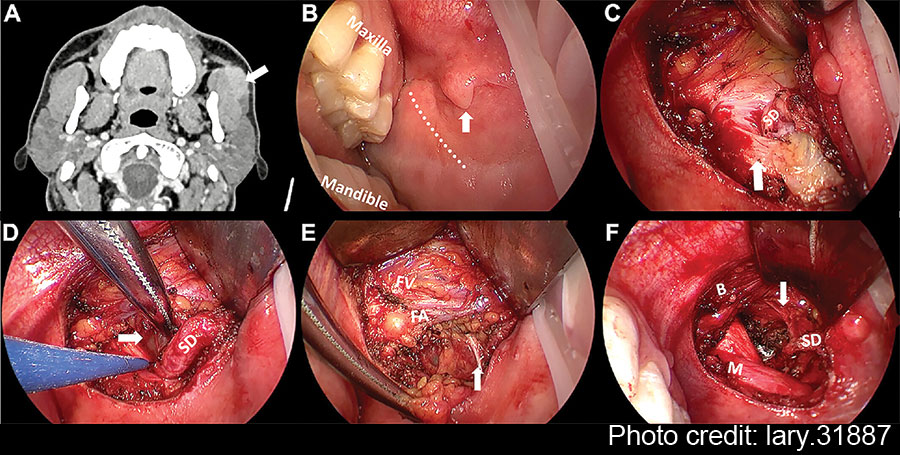

This article aimed to present the authors’ experiences with endoscopic-assisted transoral resection of APG tumor and to describe the surgical procedure involved.
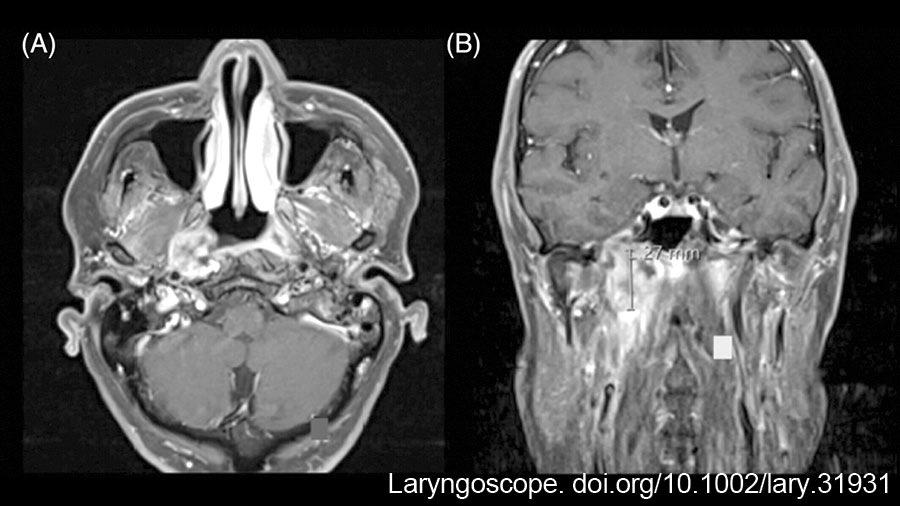
Endoscopic nasopharyngectomy in the context of recurrent nasopharyngeal carcinoma may require reconstruction with strongly vascularized flaps. This is fundamental to address the volumetric deficit and prevent complications such as carotid blowout syndrome. The submental island flap is well suited for this purpose.
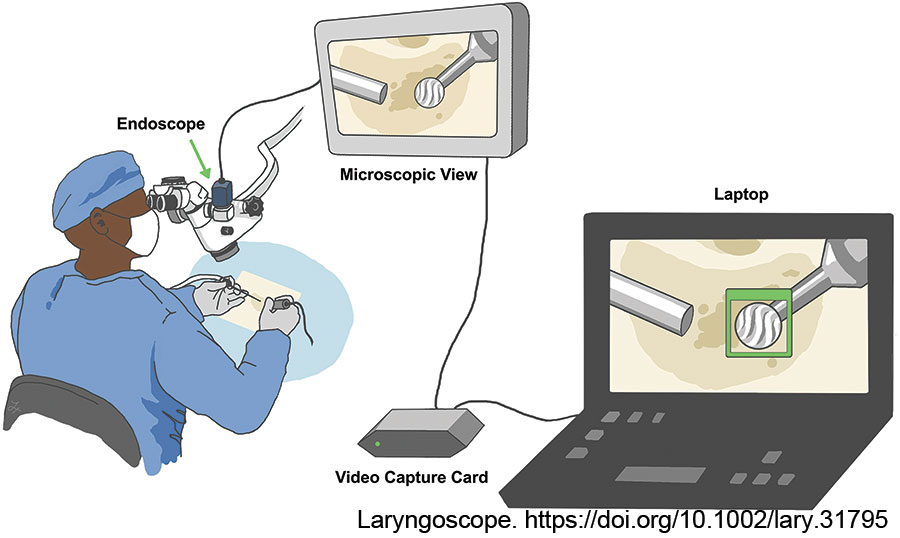
In this work, the authors present a computer vision model for automatic otologic drill motion analysis during mastoidectomy and detail how to implement a computer vision model for real-time use.
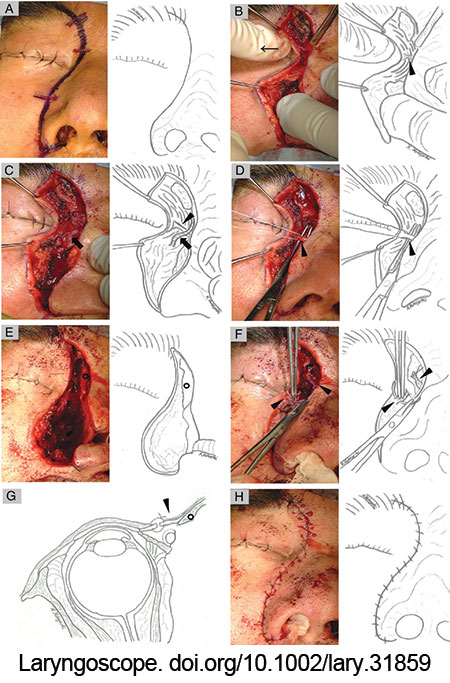
This study presents proven techniques and technical tips for MPL management in medial maxillectomy via a lateral rhinotomy.
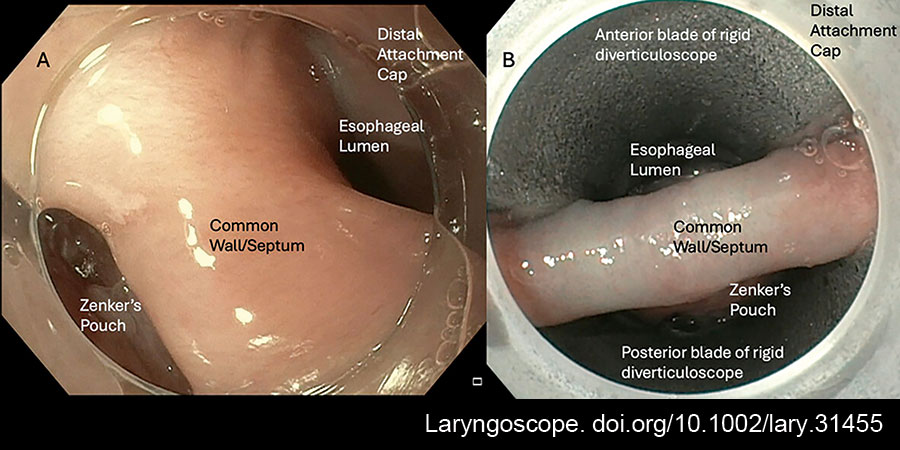
The authors describe their current approach for flexible endoscopic management of Zenker’s diverticulum. This approach uses the latest techniques in flexible Zenker’s surgery, including submucosal division of the muscular common wall, partial mucosal wall division, and watertight closure.
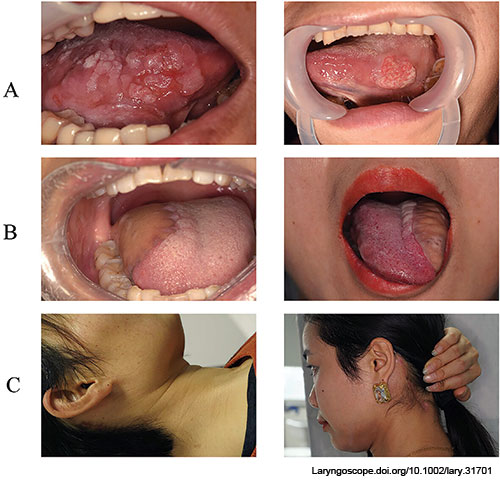
This study aimed to report the authors’ experience with endoscopic neck dissection through a post-auricular hairline incision, followed by intraoral resection of oral cancer and free flap reconstruction.
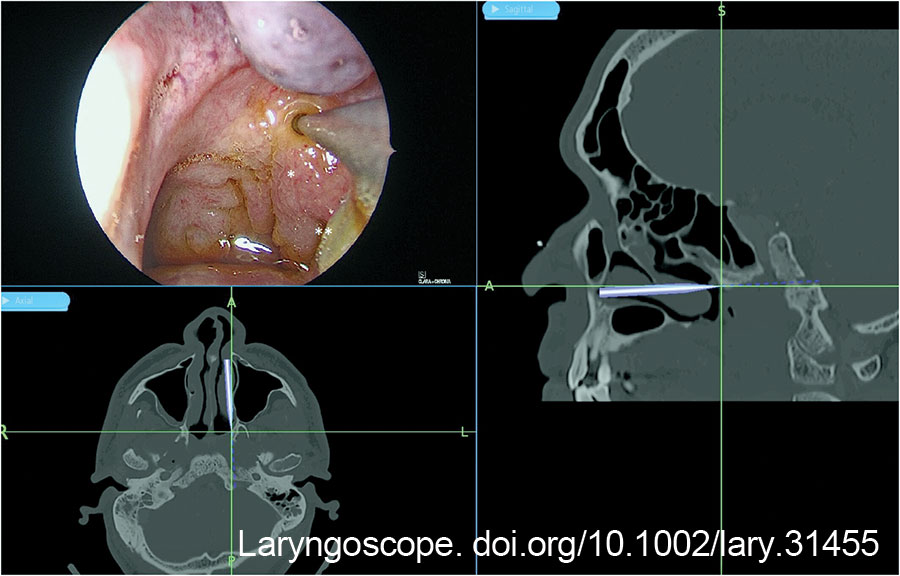
This is a case report of an upper parapharyngeal abscess arising from the progression of a central skull base osteomyelitis in a patient with poorly controlled diabetes mellitus. It’s unusual for its presentation in an upper parapharyngeal location, involvement of the skull base, and poor response to medical treatment, hence requiring transnasal endoscopic surgical drainage to achieve definitive treatment.

This is a case of an 85-year-old patient with a cT2N0 laryngeal squamous cell carcinoma treated using CO2 transoral laser exoscopic surgery (TOLES).

This study describes a prelacrimal–transpterygoid/maxillary approach that offers direct access to this region with a 0° endoscope.

This article describes an updated and straightforward technique for in-office retrograde placement of the voice prosthesis in patients with challenging TEP tracts.